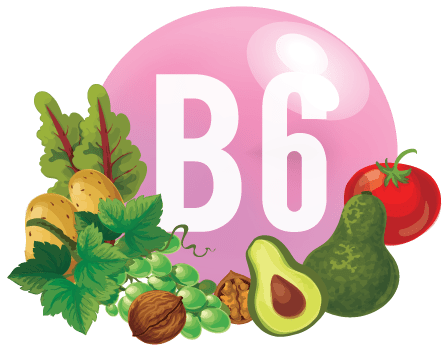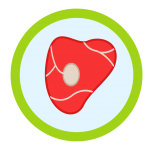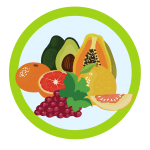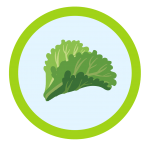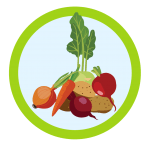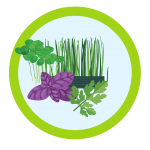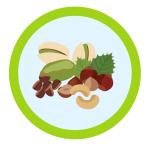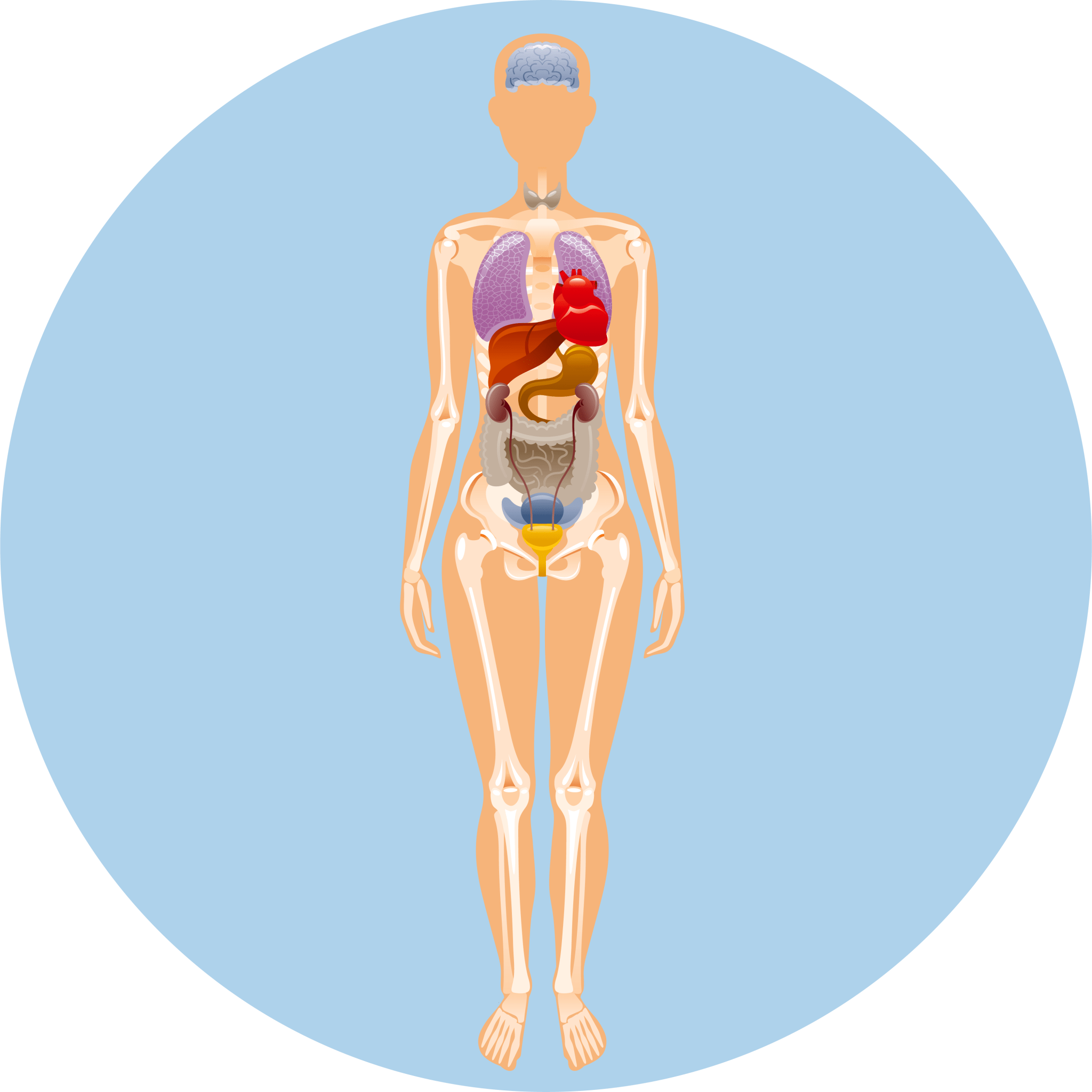Where can you find foods rich in B6 also known as Pyridoxine?
Incorporating Vitamin B6-rich foods into your family’s diet is more than just about nutrition. This vitamin plays a crucial role in our body’s metabolism, cognitive development, and immune function. Let’s explore various sources for this vital nutrient and how to incorporate Pyridoxine foods into your family’s meals.
Recommended Daily Intake of B6
The recommended daily intake of Pyridoxine varies depending on several factors such as age, gender, and whether a woman is pregnant or breastfeeding.
Here’s a general guideline for daily Vitamin B6 intake:
- Infants (0-12 months): 0.1-0.3 mg
- Children (1-8 years): 0.5-0.6 mg
- Adolescents (9-13 years): 1 mg
- Adults (14-50 years): 1.3 mg
- Men over 50 years: 1.7 mg
- Women over 50 years: 1.5 mg
- Pregnant women: 1.9 mg
- Breastfeeding women: 2 mg
Remember, it’s always best to consult a healthcare provider for personalized advice regarding Vitamin B6 foods intake.
The Role of Vitamin B6 in Mental Health and Family Connections
Vitamin B6 plays a crucial role in cognitive development and immune function. It’s involved in over 100 enzyme reactions in the body’s metabolism. Deficiency in Vitamin B6 can lead to anemia, depression, and a weakened immune system.
Practical Tips for Incorporating B6 into Family Meals
Creating a weekly meal plan with FeedMeFood Meal Planner can help manage time and reduce stress. Incorporating Vitamin B6-rich foods into family meals can be simple and time-efficient.
Meal planning and prepping can help busy parents ensure their family gets enough Vitamin B6.
Quick and easy recipes with Vitamin B6-rich foods can be a lifesaver for busy parents. Batch cooking on weekends can save time during the week. Leftovers from Vitamin B6-rich meals can be repurposed into new dishes. Smoothies with bananas and nuts can be a quick breakfast or snack option.
Meal Planning and Preparation Strategies
Planning meals can help ensure your family gets the necessary nutrients. Consider batch cooking on weekends to save time during the week.
Top B6 Foods for Your Family
Incorporating Vitamin B6-rich foods into your family’s diet can be simple and time-efficient.
Incorporating B6-rich foods into your family’s diet can be simple and time-efficient. Including a variety of foods high in B6 ensures balanced nutrition.
Here are some top food sources of Pyridoxine:
